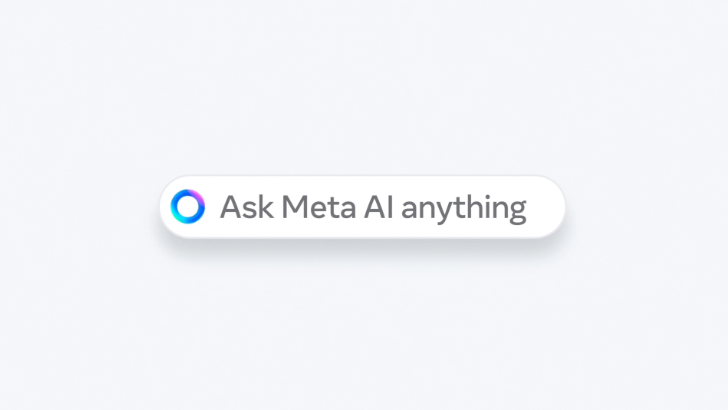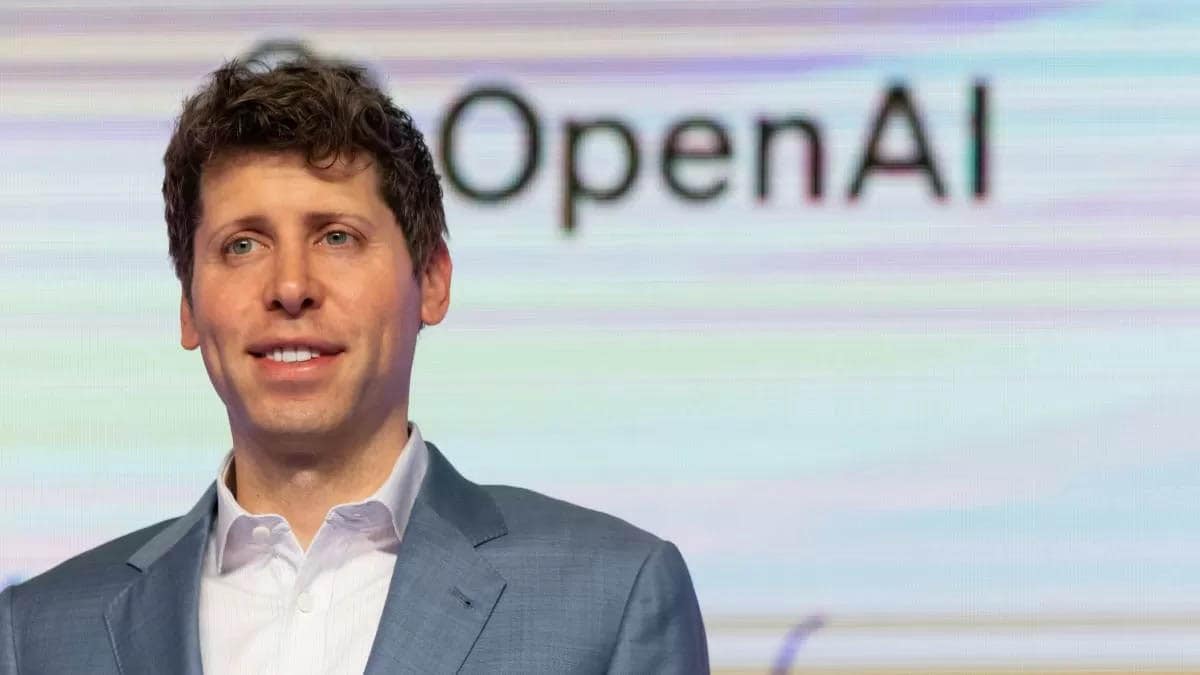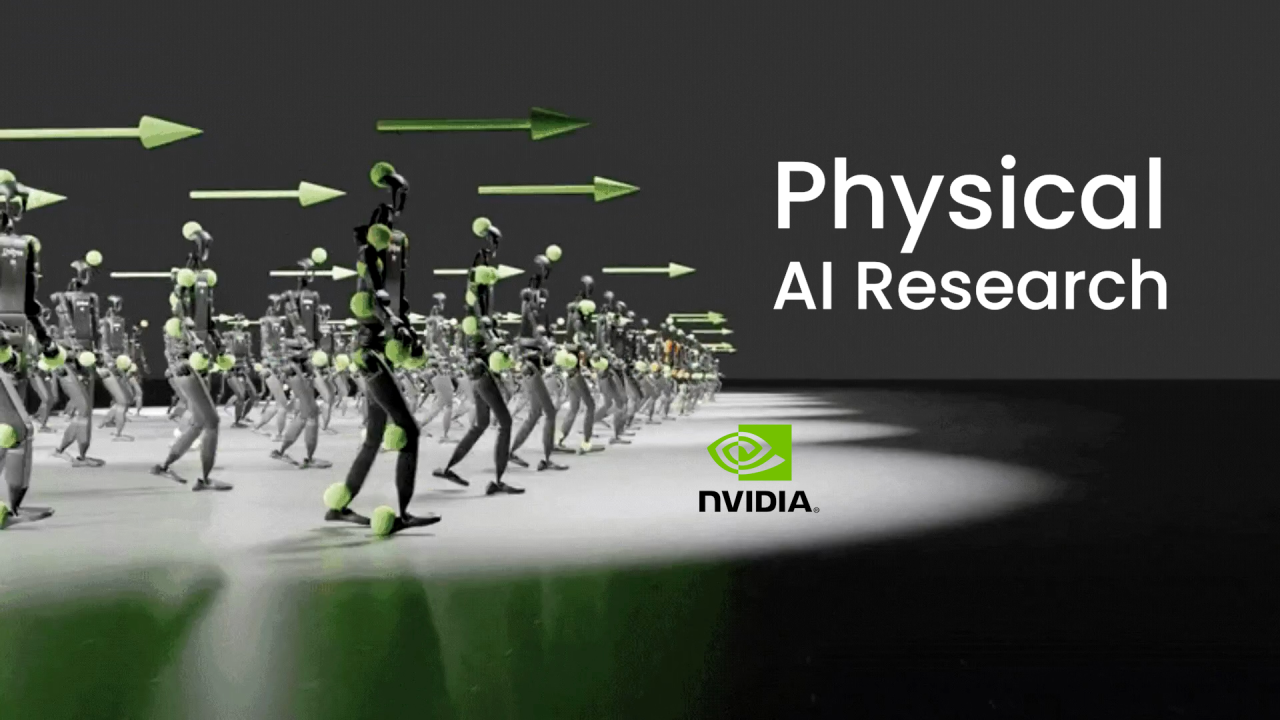When people think of machine learning, headstones probably don’t come to mind. But in one of the more profound applications of generative AI, we built a system that uses machine learning to design custom memorial products—yes, including gravestones—tailored to personal preferences and cultural sensitivities.
This wasn’t just a quirky ML experiment. It was a full-stack application of generative models, natural language processing, and human-in-the-loop systems, all to address a highly sensitive and deeply human need: commemorating a life.
The Problem: Designing With Dignity
Memorial design is both an art and a tradition. Families want something personal, respectful, and often symbolic. The challenge is that the design process is slow, emotionally taxing, and constrained by materials, cemetery regulations, and religious or cultural traditions.
We set out to build something that could help—not replace—designers: a headstone generator that could produce realistic, meaningful design options based on prior data and customer preferences.
You can try it here: headstonesdesigner.com/generator (all training data comes from live site – https://headstonesdesigner.com/)
Step 1: Understanding the Domain
Before we touched TensorFlow or wrote a single line of code, we immersed ourselves in the world of memorial art. We studied:
- Traditional and contemporary styles
- Religious and cultural norms
- Material constraints (granite, marble, etc.)
- Cemetery regulations, like max monument width per plot
This wasn’t optional. Designing AI for a sensitive domain like this requires deep respect and nuance. Getting it wrong wasn’t just a UX bug—it was offensive.
Step 2: Building the Dataset
We pulled together a surprisingly diverse dataset:
- Thousands of annotated design images
- CAD files of existing headstones
- Customer preference history
- Text from inscriptions
- Cemetery dimensional standards
All of this needed to be cleaned, normalized, and vectorized. Texts were embedded using models like BERT. Images were preprocessed and augmented. This wasn’t just about throwing data into a model—it was about making it learnable.
Step 3: Model Architecture & Training
We tested a few model types in parallel:
- StyleGAN2: For generating high-quality, stylized images of memorial designs
- VAEs (Variational Autoencoders): For interpolating between design styles and enabling user-controlled variations
- Transformers (GPT): For generating inscriptions that felt personal, relevant, and respectful
A particularly tricky part was making sure the text and visuals matched. A gothic-style headstone shouldn’t have Comic Sans inscriptions.
We addressed this with:
- Multi-modal training: Combining vision and language models (like CLIP) to assess alignment
- Conditional GANs: Using the text as input to guide visual generation
Step 4: Managing the Unknowns
We had plenty of “AI gone weird” moments.
- Some early outputs looked more like modernist sculpture than memorials.
- Style transfer sometimes crossed cultural lines in awkward ways.
- GPT occasionally generated tone-deaf epitaphs.
To mitigate this, we built in human-in-the-loop feedback. Designers and cultural advisors reviewed outputs and flagged issues. This feedback went back into model tuning.
We also used techniques like style discriminators in GANs to enforce constraints and post-generation filters to validate text content.
Step 5: Evaluation & Results
We didn’t just eyeball the results. Evaluation was multi-pronged:
- FID scores for image realism
- BLEU scores and human evaluation for text accuracy
- User studies and expert reviews for aesthetic and cultural fidelity
The final result? A system that could generate emotionally resonant, visually accurate, and context-aware headstone designs.
You can interact with the generator here: headstonesdesigner.com/generator
Lessons Learned
Some takeaways:
- Cultural context isn’t an edge case—it’s the core requirement in sensitive design domains.
- Generative AI is powerful, but without constraints, it easily drifts into uncanny or inappropriate territory.
- Human feedback isn’t just helpful; it’s mandatory.
The Future
We’re exploring how this tech could extend into other domains: wedding invitation design, personalized awards, commemorative art, and more. Anywhere design is personal and high-stakes, there’s an opportunity to blend generative ML with human care.










